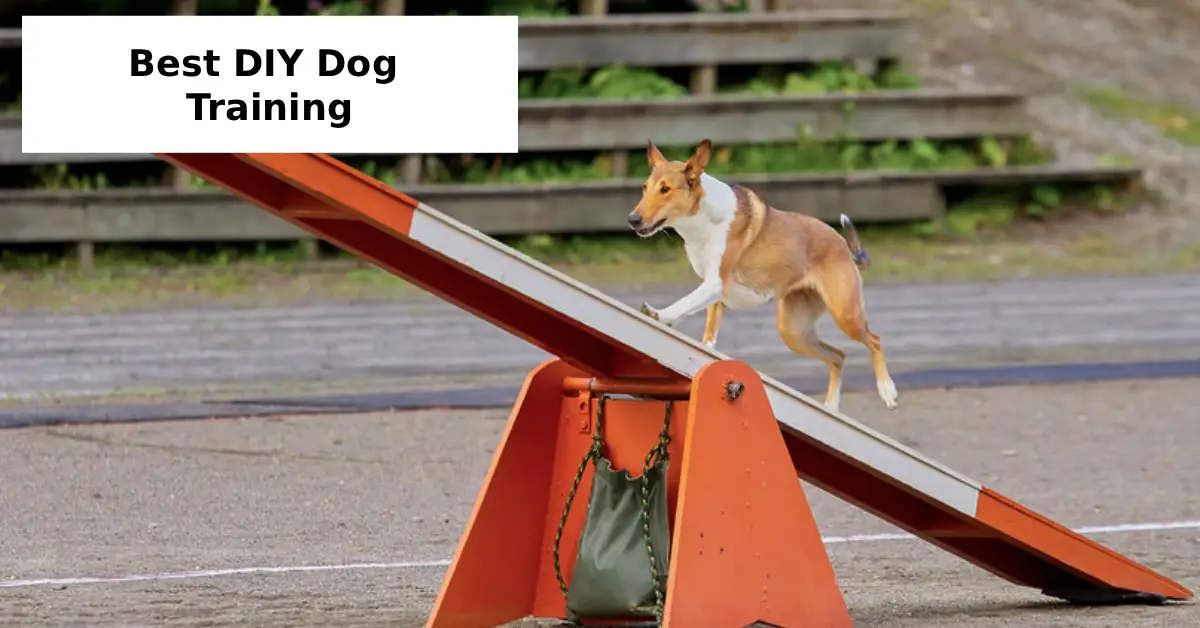Training your dog at home can be one of the most rewarding experiences as a pet parent. Whether you’re a new dog owner who adopted during or after COVID, a homeschooling family with a playful puppy, or a budget-conscious pet lover trying to avoid expensive trainers, DIY dog training is an empowering choice.
In this comprehensive guide, we’ll explore the best DIY dog training techniques that are easy, effective, and based on positive reinforcement methods. These techniques work well for rescue dogs, energetic pups, or emotional support pets — and they’re perfect for Millennials and Gen Z pet lovers who want to train their furry companions at home.
Why Choose DIY Dog Training?
DIY dog training gives you complete control over your dog’s behavior, without relying on costly professionals. It’s also a wonderful bonding activity and fits perfectly into the lifestyle of:
- Pet bloggers/influencers creating content around their dog’s growth.
- Stay-at-home families integrating pets into daily routines.
- Rural or suburban pet owners who prefer home-based approaches.
You save money, learn alongside your dog, and foster trust using positive reinforcement dog training techniques — a win-win for all!
1. Positive Reinforcement – The Core of DIY Dog Training
The foundation of DIY dog training is positive reinforcement. This involves rewarding your dog when they perform desired behaviors, encouraging them to repeat those behaviors.
How it works:
- Use treats, praise, or toys to reward good behavior.
- Be consistent and immediate with rewards.
- Ignore or redirect unwanted behavior without harsh punishment.
📌 Pro Tip: Keep training sessions short (5–10 minutes) and fun.
Positive reinforcement is one of the best dog training methods at home, especially for rescue dogs who may be fearful or sensitive due to past trauma.
2. Basic Dog Commands Training
Before diving into complex tricks, start with the basic dog commands training:
- Sit – Guide your dog into a sitting position and reward.
- Stay – Ask your dog to sit, take a step back, and reward if they don’t move.
- Come – Call your dog using a happy tone and reward when they arrive.
- Leave it – Teach impulse control by rewarding when they leave a dropped item.
These simple commands lay the groundwork for obedience and safety.
3. Clicker Training for Dogs DIY
Clicker training for dogs DIY is a fun and fast way to reinforce good behavior. The clicker sound marks the exact moment your dog does something right.
Steps:
- Click and treat when your dog shows desired behavior.
- Repeat consistently until they associate the click with a reward.
- Introduce commands while using the clicker.
This method is highly effective and used by many professional trainers but can easily be learned and practiced at home.
4. Crate Training a Puppy at Home
Crate training creates a safe space for your pup and helps with housebreaking a puppy naturally. It also prevents destructive behaviors when you’re not around.
How to crate train:
- Make the crate comfortable and inviting with toys and bedding.
- Never use it for punishment.
- Start with short durations and gradually increase time.
For younger dogs, check out this full guide on crate training for puppies.
5. Housebreaking a Puppy Naturally
Potty training is a big milestone. For effective housebreaking a puppy naturally, consistency is key.
Tips:
- Set a feeding schedule to regulate potty times.
- Take your puppy outside after meals, naps, or play sessions.
- Use the same potty spot every time.
- Reward immediately when they go in the right place.
This is especially helpful for families with young kids getting their first pet, as it builds early routines and responsibility.
6. Leash Training a Dog DIY
Leash training a dog DIY can turn daily walks into enjoyable bonding moments.
Steps to success:
- Start indoors to let your dog get used to the leash.
- Use treats to guide them to your side.
- Stop walking if they pull — resume only when they return to your side.
Over time, your dog will learn that good behavior gets rewarded with forward movement and attention.
7. Dog Obedience Training Tips
Here are a few essential dog obedience training tips every pet parent should remember:
- Keep sessions consistent — same time, same place.
- Avoid distractions early on.
- Be patient and calm, especially with anxious dogs.
- Use hand signals along with verbal commands.
These tips are especially useful for budget-conscious pet owners and holistic dog lovers avoiding strict or forceful methods.
8. How to Train a Dog at Home: A Daily Routine
Creating a daily structure helps with how to train a dog at home effectively. Here’s an example:
- Morning: Potty break + short walk
- Midday: Basic command practice (sit, stay, come)
- Evening: Leash walk or play with training toys
- Night: Calm crate time
Having a schedule works great for DIY-focused pet lovers and even for homeschooling families who want to include the dog in learning routines.
9. Socialization is Part of DIY Dog Training
Socialization is just as important as obedience. Introduce your dog to:
- New people (young kids, adults, seniors)
- Various environments (parks, sidewalks, car rides)
- Other pets (calm introductions only)
This helps develop a well-rounded temperament. Especially for pet parents of rescue dogs, slow socialization builds confidence and safety.
10. Keep Training Positive and Consistent
No matter which DIY dog training techniques you use, the golden rules remain the same:
- Be consistent.
- Be patient.
- Make it fun.
Avoid harsh punishments — they create fear and confusion. Instead, encourage with kindness and reward-based learning.
Looking to improve recall? Learn more about puppy recall training to help your pup return when called — every time.
Final Thoughts:
Embracing DIY dog training doesn’t mean compromising on quality. With the right techniques, commitment, and patience, you can train your dog effectively and strengthen your bond in the process.
Whether you’re a first-time pet parent, a Gen Z student with an emotional support pet, or a pet blogger documenting your journey — these DIY dog training techniques empower you to raise a confident, well-behaved dog without breaking the bank.
So grab some treats, set up your clicker, and start building that paw-sitive foundation today!
✅ Pro Tip Summary Checklist:
- Use positive reinforcement every time
- Start with basic commands like sit, stay, come
- Try clicker training for accuracy and speed
- Crate and house train gradually and with patience
- Leash train at home using simple rewards
- Keep sessions short and focused
- Be consistent with daily training routines
- Socialize your dog gently and regularly






1 thought on “What Are the Best DIY Dog Training Techniques?”